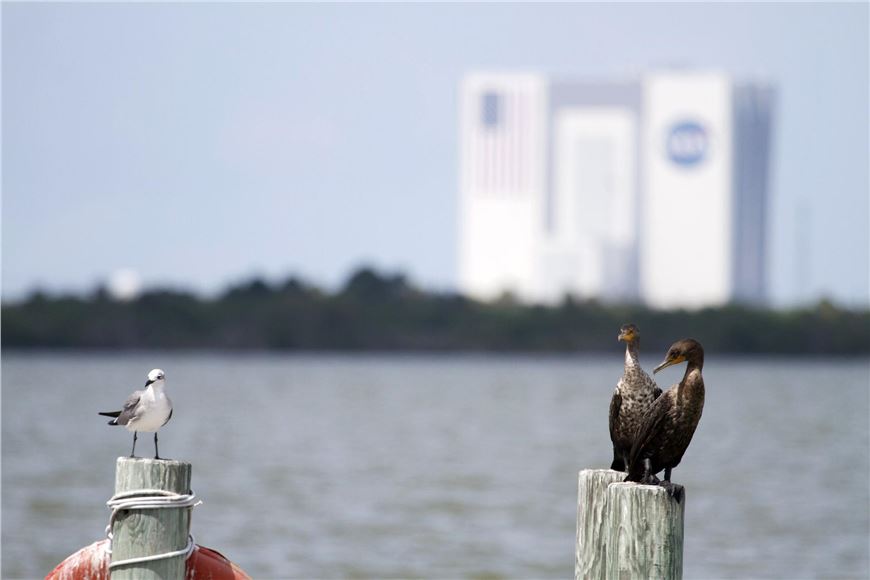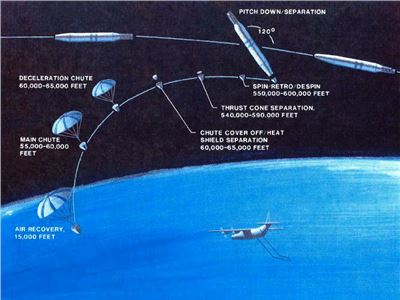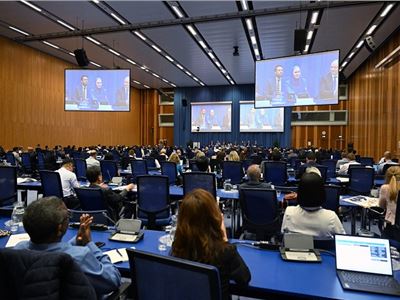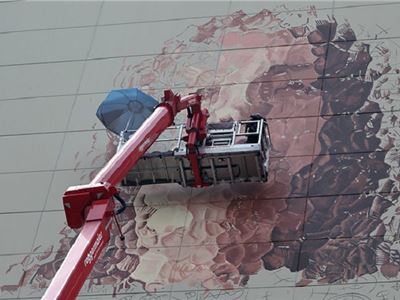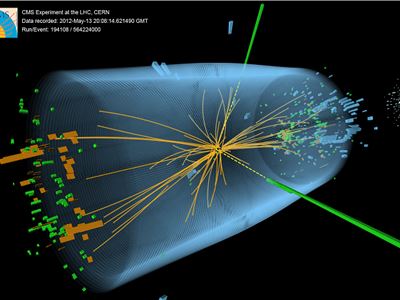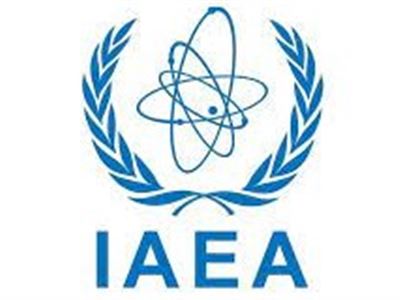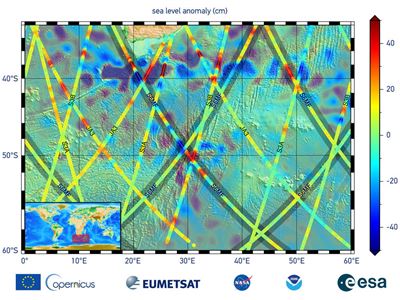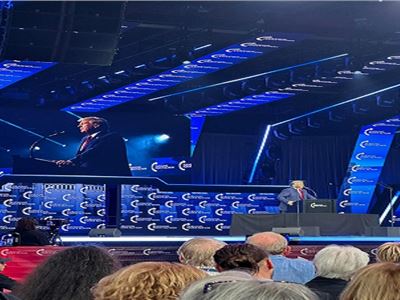The Boeing Starliner crew, including astronauts Sunita Williams and Butch Wilmore, is currently experiencing a delay in their return to Earth from the International Space Station (ISS) due to technical issues. The exact timeline for their return remains uncertain, and they are expected to stay on the ISS for at least a couple more weeks to complete necessary testing and evaluations. The Starliner spacecraft, which successfully docked at the ISS on June 6, 2024, has undergone tests and assessments to ensure its readiness for future operational missions. NASA and Boeing are working closely to address the technical issues and ensure the safety and reliability of the spacecraft. The crew has been actively participating in various activities on the ISS, including conducting scientific experiments, maintenance tasks, and spacewalks. They are also assisting with the ongoing operations and maintenance of the ISS.
Additionally, NASA and Boeing are preparing for the next crew rotation mission to the ISS, scheduled for February 2025. They are working on parallel preparations for Starliner-1 and Crew-10 missions, although a decision on which one will be flown will be made later as they work on Starliner certification. The Starliner crew also assists with ISS operations and spacewalks while they await further instructions on their return to Earth.
The Boeing CST-100 Starliner, a reusable spacecraft developed by Boeing in collaboration with NASA, represents a significant advancement in space exploration. Designed to ferry astronauts to and from the International Space Station (ISS), it marks Boeing's entry into commercial space travel. The mission's success and future implications are vital for NASA's Commercial Crew Program, which aims to ensure safe, reliable, and cost-effective access to space. This analysis delves into the future steps for the Boeing Starliner crew on the ISS, focusing on mission objectives, technological advancements, operational strategies, and the broader impact on space exploration.
The primary objective of the Boeing Starliner missions to the ISS is to demonstrate the spacecraft's capability to transport crew members to and from the space station safely. The crew's activities onboard the ISS will revolve around several critical areas: the Starliner crew will engage in various experiments designed to advance our understanding of fundamental sciences, including:
- Biology and Biotechnology: Studying the effects of long-term spaceflight on human health, cellular biology, and microbial life.
- Physical Sciences: Conducting fluid dynamics, combustion, and material science experiments in a microgravity environment.
- Earth and Space Science: Observing Earth's climate, atmospheric conditions, and space weather.
The crew will also focus on testing new technologies that can be used in future space missions. This includes evaluating life support systems, communication equipment, and advanced robotics. Routine maintenance and upgrades are essential for the smooth operation of the ISS. The Starliner crew will perform critical tasks such as repairing equipment, installing new modules, and upgrading onboard systems.
2. Technological Advancements
The Starliner program is at the forefront of technological innovation in space travel. Key advancements include:
a. Autonomous Docking
One of the standout features of the Starliner is its autonomous docking capability. This system allows the spacecraft to dock with the ISS without manual intervention, enhancing safety and efficiency. Future missions will see improvements in this technology, potentially leading to fully autonomous space operations.
b. Reusability
The Starliner is designed for reusability, significantly reducing the cost of space missions. As the program progresses, Boeing aims to increase the spacecraft's reuse rate, ensuring that each unit can fly multiple missions with minimal refurbishment.
c. Enhanced Safety Measures
Safety is paramount in space travel. The Starliner incorporates advanced safety features, including an emergency abort system that can quickly propel the crew to safety in case of an anomaly during launch. Continuous safety protocol and system improvements will be a focus for future missions.
3. Operational Strategies
The success of the Starliner missions hinges on efficient operational strategies. Key areas of focus include:
a. Collaboration with NASA and ISS Partners
Boeing works closely with NASA and other international partners to ensure seamless integration of the Starliner missions with the ISS's schedule and operations. This collaboration is crucial for optimizing mission planning, resource allocation, and crew activities.
b. Training and Preparation
Astronaut training is a critical component of mission success. The Starliner crew undergoes rigorous training to familiarize themselves with the spacecraft's systems, emergency procedures, and scientific experiments. Continuous improvements in training methodologies will be essential as the program evolves.
c. Mission Planning and Execution
Effective mission planning and execution are vital for achieving mission objectives. This involves meticulous planning of every aspect of the mission, from launch to docking, crew activities, and return to Earth. Advanced simulation tools and real-time monitoring systems will be crucial in mission execution.
4. Broader Impact on Space Exploration
The Boeing Starliner program has far-reaching implications for the future of space exploration. Key areas of impact include:
a. Commercial Space Travel
The success of the Starliner missions paves the way for the commercialization of space travel. By providing a reliable and cost-effective means of transporting astronauts to and from the ISS, Boeing is helping democratize space access. This could lead to an increase in private and commercial space missions, fostering innovation and economic growth.
b. Deep Space Missions
The technological advancements and operational expertise from the Starliner program will be instrumental in future deep space missions. NASA's Artemis program aims to return humans to the Moon and eventually send astronauts to Mars, which will benefit from the lessons learned and technologies developed during the Starliner missions.
c. International Collaboration
The Starliner program exemplifies international collaboration in space exploration. By working with NASA and other international partners, Boeing contributes to a global exploration effort. This collaboration enhances scientific research, technological development, and diplomatic relations.
5. Challenges and Future Prospects
While the Starliner program holds great promise, it also faces several challenges:
a. Technical Issues
Like any complex technological endeavor, the Starliner program has encountered technical challenges. Software glitches and hardware malfunctions must be addressed to ensure the spacecraft's reliability and safety.
b. Competition
The commercial space sector is becoming increasingly competitive, with companies like SpaceX leading the charge. Boeing must continuously innovate and improve its spacecraft to stay competitive in this rapidly evolving industry.
c. Funding and Resources
Securing adequate funding and resources is crucial for the sustained success of the Starliner program. Continued support from NASA and other stakeholders will be essential for overcoming financial and logistical challenges.
The Boeing Starliner program represents a significant milestone in space exploration, offering a reliable and cost-effective means of transporting astronauts to and from the ISS. The crew's future activities will focus on scientific research, technological demonstrations, and maintenance tasks, contributing to the overall mission objectives. Technological advancements, such as autonomous docking and reusability, are at the core of the Starliner's success. Efficient operational strategies and international collaboration are essential for mission success. The program's broader impact on commercial space travel, deep space missions, and international cooperation is profound. Despite the challenges, the prospects for the Boeing Starliner crew on the ISS are bright, paving the way for the next era of space exploration.
- Tags:
- Categories: Science Cyberspace


